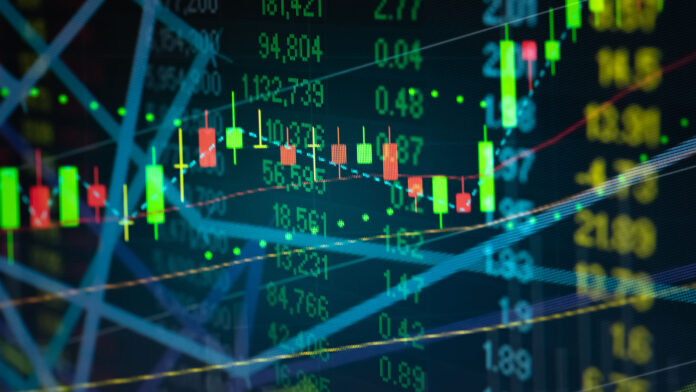U.S. stocks rallied to close the week higher, rebounding from a volatile stretch driven by trade policy uncertainty, as investors found solace in signs of potential de-escalation in U.S.-China trade tensions. The Dow Jones Industrial Average climbed 2.5% for the week, the S&P 500 gained 3.8%, and the Nasdaq Composite surged 5.4%, marking its second-best weekly performance since November 2023, according to market data.
The week began with lingering concerns over President Donald Trump’s sweeping tariff policies, announced on April 2, which had sparked a sharp selloff earlier in the month. The S&P 500 had shed over 12% since the tariff unveiling, losing nearly $6 trillion in market value in its steepest four-day decline since the 1950s. Investors feared the tariffs, including a 10% minimum levy on most U.S. imports and a 145% cumulative rate on Chinese goods, could disrupt global trade, stoke inflation, and slow economic growth.
However, optimism returned midweek after U.S. Treasury Secretary Scott Bessent suggested in a closed-door meeting that U.S.-China trade tensions might ease, though he noted negotiations would be a “slog.” This, coupled with Trump’s reported talks with Japan and India, fueled a rally on Tuesday, with the Dow jumping over 1,000 points and the Nasdaq climbing 2.7%. Technology stocks, battered earlier by tariff fears and chip-export restrictions, led the charge, with growth-oriented names driving the Nasdaq’s gains.
Despite the rebound, volatility remained elevated. The CBOE Volatility Index, Wall Street’s “fear gauge,” closed at 52.33 on Tuesday, its highest since March 2020, though it moderated later in the week. Investors grappled with mixed signals, including China’s denial of tariff negotiations and Trump’s hawkish comments in a Time magazine interview, where he called for 20% to 50% tariffs on imports.
Corporate earnings provided additional focus. Alphabet Inc. beat first-quarter profit expectations, boosting its shares, while Intel Corp.’s disappointing outlook weighed on sentiment. 3M Co. rose 8.1% after exceeding profit forecasts, though it flagged potential 2025 tariff-related headwinds.
Economic data painted a mixed picture. The University of Michigan’s final April consumer sentiment report, due Friday, was expected to worsen to 48.5 from 50.8, reflecting growing household inflation fears. Meanwhile, hard economic indicators like employment and retail sales remained robust, tempering recession concerns.
Gold prices, which hit a record above $3,000 per ounce earlier this month, pulled back slightly, while Bitcoin surged past $92,000 as risk appetite returned. Oil prices also rose, with Brent crude settling at $67.44 per barrel, supported by new U.S. sanctions on Iran.
Analysts cautioned that volatility is likely to persist. “The market is pricing in a slowdown, but not a recession,” said Mary Ann Bartels, chief investment strategist at Sanctuary Wealth. With first-quarter earnings season ramping up—JPMorgan Chase & Co., Morgan Stanley, and Wells Fargo report Friday—investors are seeking clarity on how tariffs and trade policies will impact corporate profits.
For now, Wall Street’s relief rally reflects cautious optimism, but the path ahead remains uncertain as trade talks and economic data unfold. “We know the worst-case scenario with tariffs, and negotiations are underway,” said Jay Woods, chief global strategist at Freedom Capital Markets. “The question is where we land.”
By: Montana Newsroom staff




